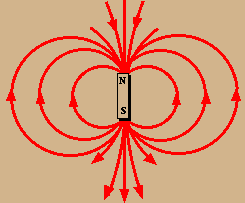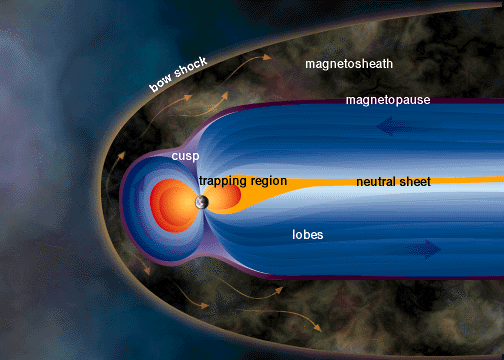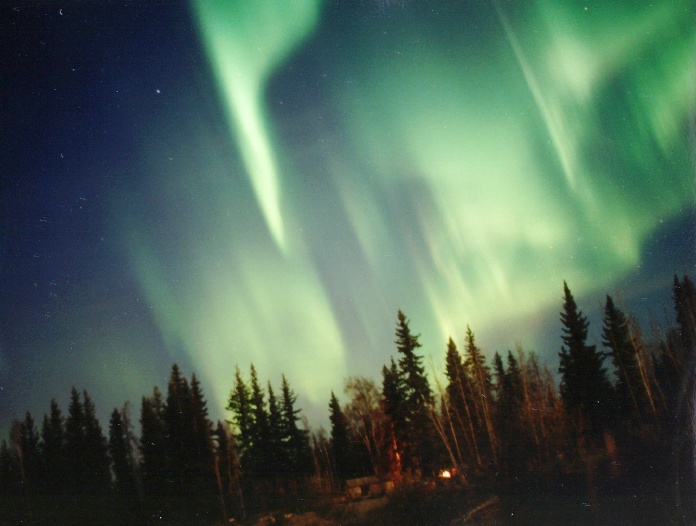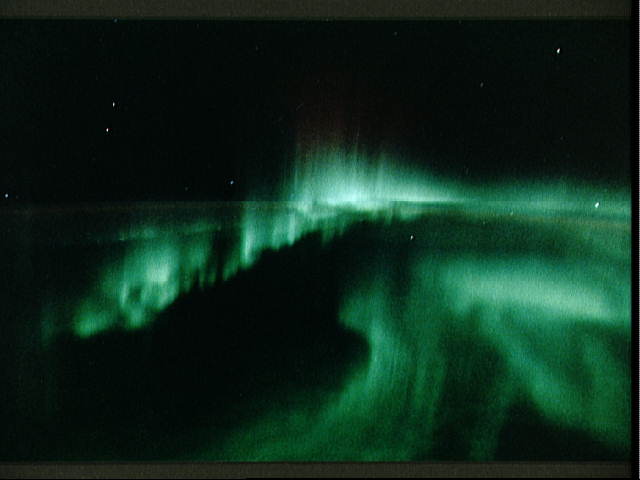 |
The earth acts like a bar magnet. Study of the magnetic field gives more clues about the earth's core including the recent discovery that part of the core may be rotating more rapidly than the outer part of the earth. The earth's relatively strong magnetic field is a consequence of its fast rotation rate and molten iron core. (From Liftoff to Space Exploration, MSFC, http://liftoff.msfc.nasa.gov/academy/space/mag_field.html) |


